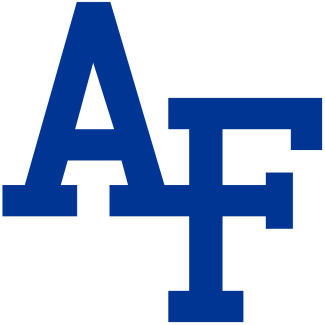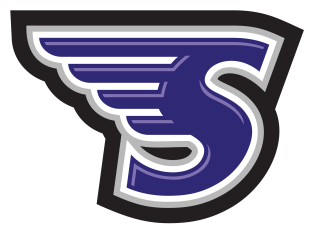Per NCAA rules on transitioning to Division I, Lindenwood will be able to compete for conference titles but will be ineligible to participate in NCAA championships until a four-year transition process is completed.
Cribbin noted that the speed in which Lindenwood made its decision about joining the Ohio Valley Conference, a process that lasted just a few months following the OVC’s initial outreach to the University, caught many flat-footed.
“We had a consulting company that did research and data analysis, which lasted four months, but the coaches didn’t learn about it until less than a month before the final announcement,” Cribbin said. “The student-athletes found out about it a little while later, and then the Board of Trustees approved it unanimously.”
Porter stated that the decision was also supported by an internal financial analysis confirming that moving to Division I would be a viable option for Lindenwood, the second oldest college west of the Mississippi River.
“A move to NCAA Division I athletics enhances our Lindenwood University community in many ways and aligns with our strategic plan — it will drive enrollment, raise university visibility and make Lindenwood a desired location for improved community engagement, to name a few benefits,” he said.
Now in his 17th season as LU’s head coach, Cribbin has a strong history of attracting impact transfers who began their lacrosse careers elsewhere. Over the past 10 years, LU has had 30 Division I transfers join the program, including 10 D-I transfers on the 2022 team.
Fueled by many of those same transfers last year, notably All-American Lexy Biller (Oregon), midfielder Emma Arnold (Ohio State) and goalie Eleanor Kast (Stony Brook), Lindenwood captured its first national championship and became just the second team in the 20-year history of the Division II women’s championship from outside of New York, Massachusetts or Pennsylvania to claim the title.
Cribbin is confident that the talent will continue to find its way to the St. Charles campus.
“We’ve been a great landing spot through the years, even before the transfer portal came about,” he said. “We’ve always had Division I players on our team. The way we treat student-athletes here, from our travel to our academics to our support, has long rivaled the Division I experience. We always just had one more Roman numeral.”
Cribbin says that moving to Division I will now help level the recruiting field for women’s lacrosse.
“I think the one thing that some schools had on us for years was the Division I argument, that we’re not Division I,” he said. “There was nothing I could say to that because we weren’t. Now I think we’re on the same playing field, and I think our recruiting is going to get even better.”
Cribbin says that everyone, from players to coaches to support staff, is ready for the new challenge ahead. Lindenwood becomes the first Division I lacrosse program in the state of Missouri.
“We didn’t see this coming, but we’re going to embrace it and run with it,” Cribbin said. “We’re not going to be scared of anything. We’re excited about it.”


























































